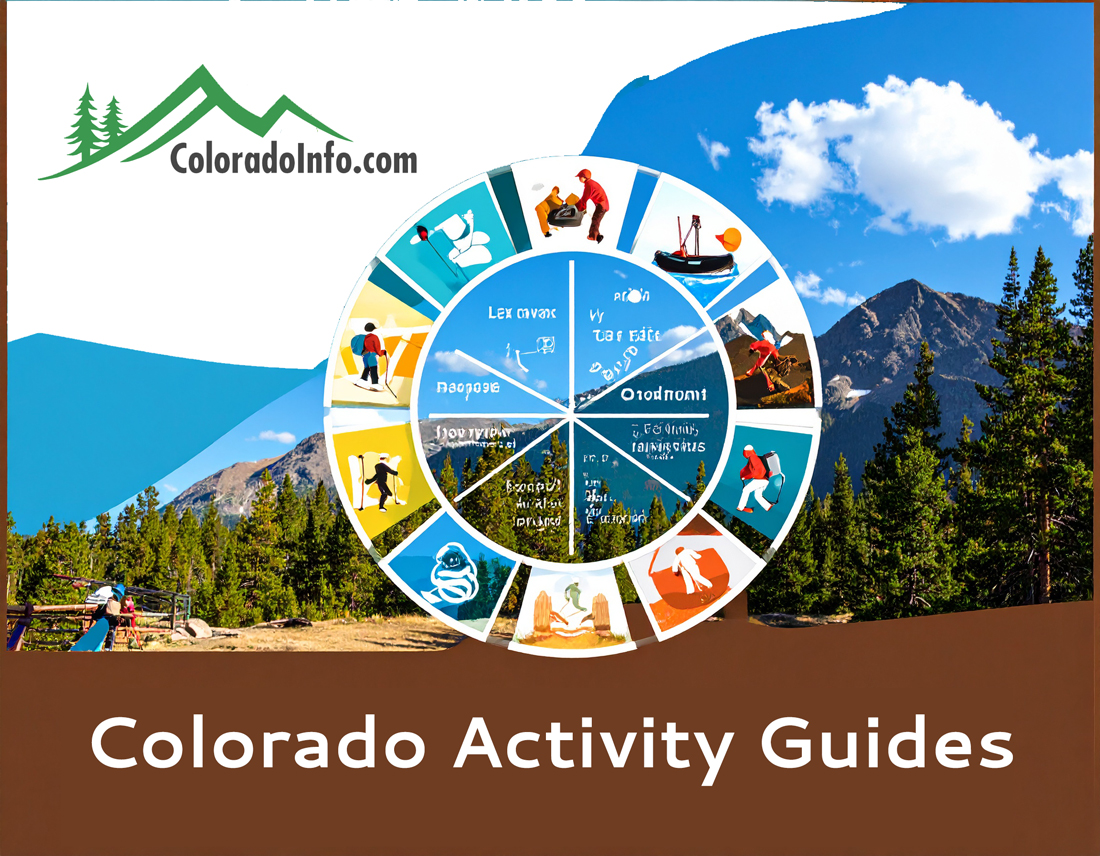Uphill Skiing, Backcountry Skiing in Colorado
Uphill Skiing, Backcountry Skiing versus the Ski Pass
Uphill skiing, or is that backcountry skiing? Ski resort technology has progressed from—tow ropes, then chair lifts and gondolas—and yet uphill skiing, the act of physically hauling yourself up a mountain to ski down, is gaining in popularity. Crazy, right?
Nah, we jest. Uphill skiing—also known as alpine touring, skinning, uphill skiing, ski mountaineering, backcountry skiing, or the French word randonnée skiing—is a fantastic way to skip the lines at the resorts and get in a killer workout as you make your way up the mountain. And if you’re looking for something new this winter, it might just be the answer to what you’re looking for.
What is Uphill Skiing?
Uphill skiing is the newly adopted term for skiing uphill (versus just downhill) at designated ski resorts. For resorts, this calcification differentiates uphill skiers from those who buy ski passes to go downhill skiing. Generally speaking, uphill skiers still need a ski pass, an uphill ski pass; however, these passes come with different privileges.
Why Go Uphill Skiing?
So, why go uphill skiing at a ski resort that offers lift service? Going uphill skiing doesn’t make much sense to those when a lift ticket can be purchased. However, the “fitness-minded” crowd of ski enthusiasts consider the uphill aspect of skiing an aerobic workout not to be missed.
- It’s also a popular way of getting on the ski area before the lift service crowd shows up. However, check the uphill pass regulations on descending skiable terrain before the area is technically open; rules will vary.
- It’s an excellent way for locals to get an early morning workout and an awesome run down before work.
Uphill skiing is a fantastic way to take the scenic route, work for your ride down the slopes, and spend time with friends and family while working toward something big—and fun. Many uphill access routes are free, even at the big resorts, so it’s an awesome way to experience some of these famous hills without shelling out for a lift pass.
So why has uphill skiing been gaining in popularity?
The uphill crowd is a different social scene. Usually, a set of familiar local faces will show up. Tourists who participate are more like-minded types versus random lift ticket holders. Being a part of the uphill crowd is a membership to the hardcore scene. It opens the doors to a “similar type” persona, which can foster adventurous friendships.
Despite the intense workout, uphill skiing can be much more relaxing than a day at the resort. You can forget about the hassle of liftlines, and it’s a much more open-air experience versus packing into a gondola with a bunch of strangers.
What is Skinning?
The name “skinning” comes from the early days of skiing, when travelers would attach seal skins (with the hair direction in favor of the forward glide) to the bottoms of their skis. When gliding your skis forward, ie, uphill, the direction of the animal fur would glide smoothly on the snow, but that same fur would also provide traction in the other direction, locking into place just enough to stop you from sliding backward down the slope.
Nowadays, skins are made from a synthetic material that feels more like carpet or suede, but the concept is the same. When you’re uphill skiing, you attach the skins to the bottom of your skis to provide traction as you make your way up the mountain. When you reach the summit and you’re ready to ski down, all you have to do is peel off the skins. They are folded up and stored in your backpack, and you are ready to go!
What Equipment Do You Need for Uphill Skiing?
There are many types of skis for various conditions and skiing styles, and uphill skiing is no exception. Most ski shops rent alpine touring gear if you want to try this sport. However, once you decide that this is something you want to do, you will need to invest in yet another set of skis and gear to accompany this activity.
- First – you will need to buy alpine touring skis or backcountry skis.
- To go along with these new skis, you need boots and bindings.
- Ski skins – used to provide traction to go uphill.
- Bindings that release the heel or “free your heel,” making climbing easier.
- You need ski boots or Alpine touring boots that are compatible with your new bindings and offer the comfort and performance you desire.
- A backpack to carry water, snacks, and clothing layers.
Ski resort uphill skiing does not require all the safety equipment that backcountry skiing does. It’s optional. As uphill skiing is within the confines of a ski resort, your safety is the ski resort’s liability and the ski patrol’s liability. However, if you plan on leaving the ski area boundary. You need to be prepared with adequate safety equipment.
NOTE – uphill skiing is generally referred to as skiing uphill within designated routes at a ski resort. Which is different than backcountry skiing, although backcountry skiing can be accessed from many ski resorts. Backcountry skiing includes all skiable terrain adjacent to ski resorts (slack-country) or simply skiable terrain not associated with a ski resort. Uphill skiing at a resort usually requires a ski pass, regardless if the pass is free or purchased, and usually comes with specific rules.
Which Mountains Allow Uphill Skiing in Colorado?
Most resorts and ski areas in Colorado allow uphill skiing, but there may be a couple of restrictions or rules. Some ski areas, like Aspen Mountain, allow uphill access on designated routes, but only before the resort opens for the day or after it closes. Others, like Copper Mountain or Loveland Ski Area, require an uphill access pass before you embark on your adventure. The passes are free, but this way, the resort knows you’re out there in case something should go wrong. Some resorts have specific days of the week when they allow uphill access, and most have specific designated routes. These designated routes might seem like a pain, but especially in resort areas where uphill access is allowed all day, it ensures that there’s never a conflict between uphill and downhill skiers. Wherever you intend to go, make sure you check on their website or call ahead for more information so your alpine touring adventure is done safely and according to the rules.
The Difference Between Uphill Skiing and Backcountry Skiing
The main difference between these two types of skiing is that backcountry skiing is technically all skiable terrain, MINUS skiable terrain within the boundaries of a ski resort. Otherwise called “off-piste” or all skiable terrain out of bounds of a ski area.
There is some grey area here, depending on the ski resort.
- The slack-country – refers to skiable terrain outside the defined ski resort boundary but accessible via a ”gate” or by simply leaving the ski area to access more terrain. Often, this is frowned upon or requires you not to come back in once you leave. In other words, resorts are generally not happy with YoYo skiers. People who leave the ski area then return to use the lift service and leave the area again. Slackcountry skiing gets its name because there is usually little to minimal uphill skiing involved – slackers.
- Snowcat skiing and heli-skiing, for example, usually cater to more extreme skiers and terrain, which requires a complete set of backcountry safety equipment, experience, and knowledge. However, cat and heli-skiing often skip the uphill aspect or most of it and primarily provide access to more extreme terrain. Plus, the price of admission is usually high.
Backcountry Skiing: What it Means
In the pure sense, backcountry skiing or alpine touring means accessing “off-piste” terrain without uphill assistance. You “earn your turns,” so the saying goes. In other words, for every foot of elevation you lose, you initially gain via human power.
To be a backcountry skier, you must be a seasoned and knowledgeable skier. You must also have all the necessary safety equipment in case of an avalanche, equipment failure, or getting lost. However, not all backcountry skiing is dangerous and can even be considered “blue” or “green” terrain. If the terrain becomes flat to rolling, it’s called cross-country skiing or Nordic skiing.
Essentials for backcountry skiing:
- Knowledge of terrain and ability to read topo maps.
- Avalanch training and awareness of local avalanche data.
- Proper ski gear and equipment.
- The basic safety equipment – Avalanche transceiver, compact shovel, and first-aid kit.
- Spare parts such as an extra ski basket, binding parts, multi-tool, flares, duct tape, etc.
- Ski skins (climbing skins).
- Water, and energy food.
- Extra clothes, gloves, goggles, hat, layers.
- Comfortable backpack
Give Uphill Skiing a Try
Whether you’re new to the world of uphill skiing or you do it every weekend, there’s no better time to do it than this season. Explore new terrain, experience new adventures, and have a great time skiing without the hustle and bustle of the resort crowds.
By Emily Krempholtz
















